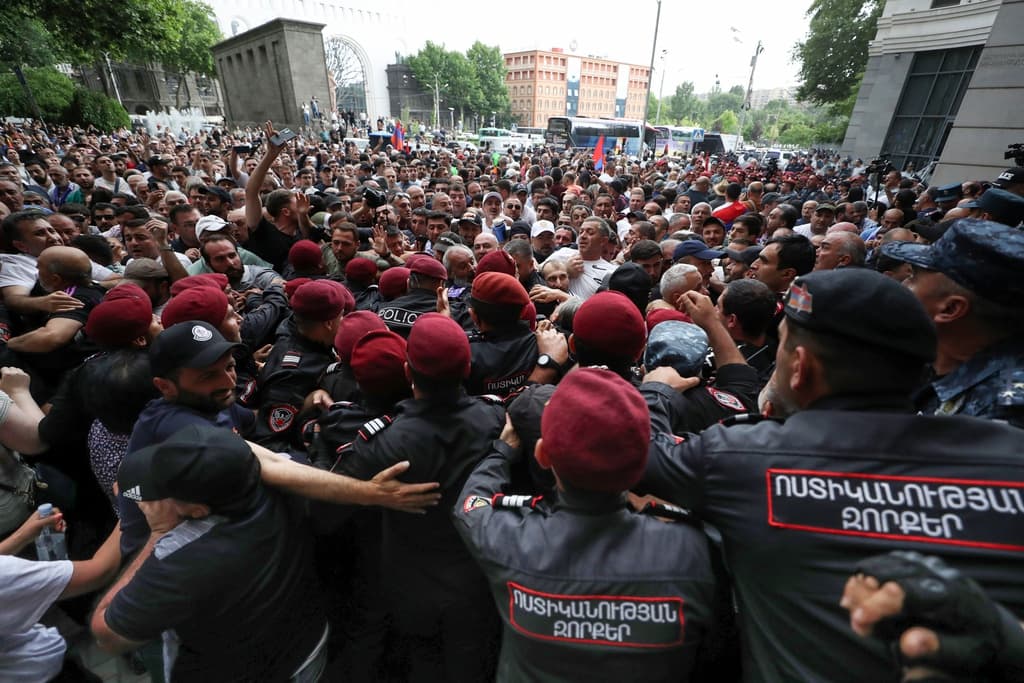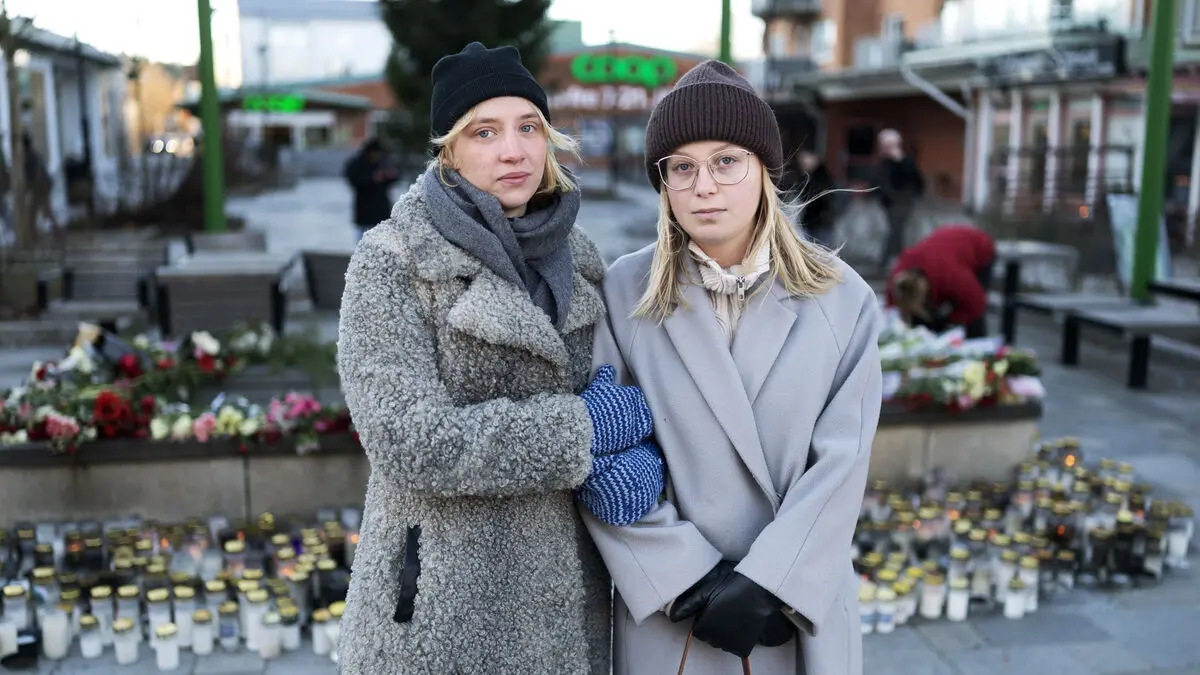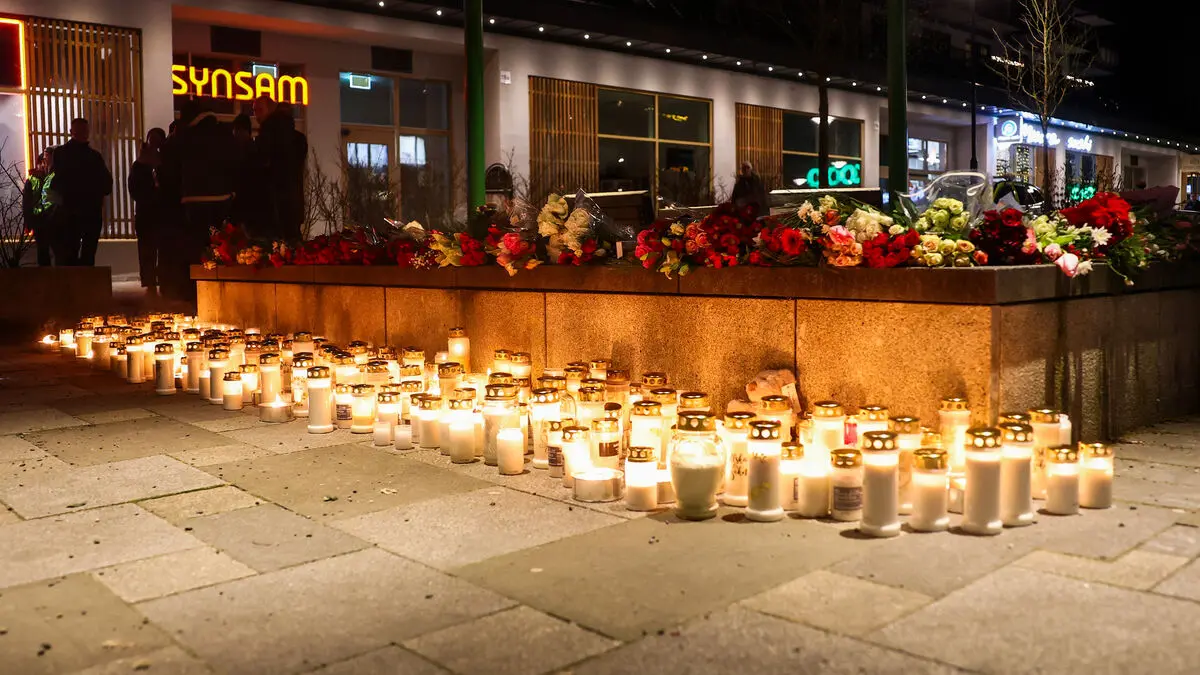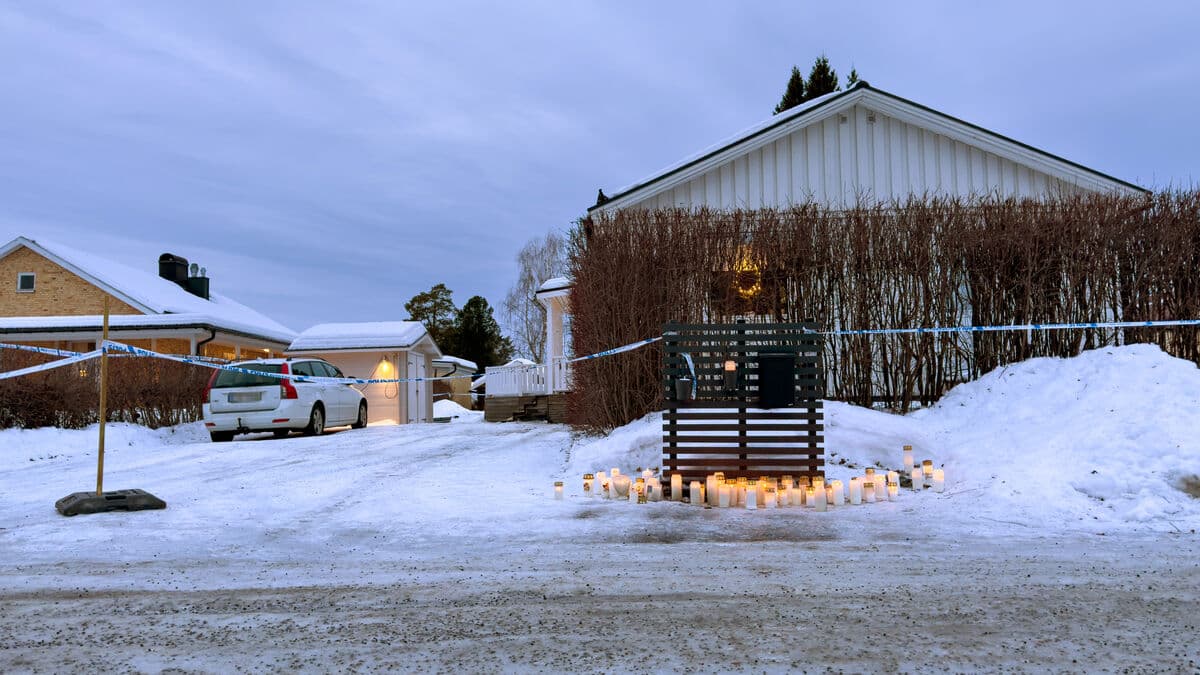An archbishop leads angry residents and refugees in massive protests – and the prime minister is held as a traitor.
Armenia, constantly caught between greater powers, makes sensitive concessions to achieve peace with arch-enemy Azerbaijan.
A procession marched from the northeastern Armenian region of Tavush to the capital Yerevan a month ago. The government had agreed to hand over four abandoned border towns to Azerbaijan in a sensitive agreement on the countries' disputed border demarcation.
According to Prime Minister Nikol Pashinyan, it was a necessary evil for the country's security, in a situation where Azerbaijan has escalated the conflict several times. According to the leader of the protests, Bagrat Galstanian – the Armenian Church's archbishop in Tavush – the government is letting the country bleed.
The protesters and the archbishop are calling for civil disobedience and demanding the government's resignation. Galstanian announces that he himself wants to become prime minister.
Many of the approximately 120,000 ethnic Armenians who have been forced out of Nagorno-Karabakh are among the angry crowd. Azerbaijan took over the long-disputed mountain region in a military blitzkrieg last autumn.
Protests have erupted several times against the government's perceived appeasement of the arch-enemy. But Nikol Pashinyan himself came to power after a protest march through Armenia in 2018 – and has today a strong mandate.
Opposition voices demand tougher action, but few manage to unite the opinion.
"Many Armenians judge that Pasinyan, despite his flaws, is trying to avoid another war," writes Alexander Atasuntsev at the Carnegie think tank in an analysis.
As sandwiched between Turkey, Azerbaijan, Iran, and just north of Russia, Armenia is accustomed to a difficult diplomatic balancing act. The country is formally allied with Russia, but the relations have soured significantly and last week Nikol Pashinyan accused unnamed allies of actively undermining Armenia's independence.
The Armenian prime minister has few alternatives, summarizes Marie Dumoulin at the ECFR think tank in an analysis:
"But his lack of a clear strategy, combined with Azerbaijan's continued aggressive rhetoric, growing tensions with Russia, and a lack of clear signals of support from the West can continue to undermine his popularity and, with it, Armenia's fragile democracy."
The conflict between the Caucasian states Armenia and Azerbaijan has primarily revolved around Nagorno-Karabakh, a disputed mountain region within Azerbaijan's borders that has been a breakaway region under Armenian control with a predominantly Armenian population.
The countries' conflict has nationalist and religious undertones. Both sides claim historical rights to Nagorno-Karabakh and other areas along the winding border and numerous small and large exclaves. Disputes between Christian Armenians and Muslim Turks have occurred there for longer than a century, regardless of state borders.
The current disputed border was drawn under Soviet leader Josef Stalin in the 1920s. When the Soviet Union later collapsed, Armenia and Azerbaijan found themselves in a war in which around 30,000 people were killed.
A four-day war in 2016 was followed by a six-week war in 2020. Azerbaijan took control of large areas in and around Nagorno-Karabakh and in some border areas.
On September 19, 2023, Azerbaijan invaded Nagorno-Karabakh in a blitzkrieg and the Armenian self-government was dissolved. More than 100,000 ethnic Armenians were forced out of their homes and sought refuge in Armenia.





